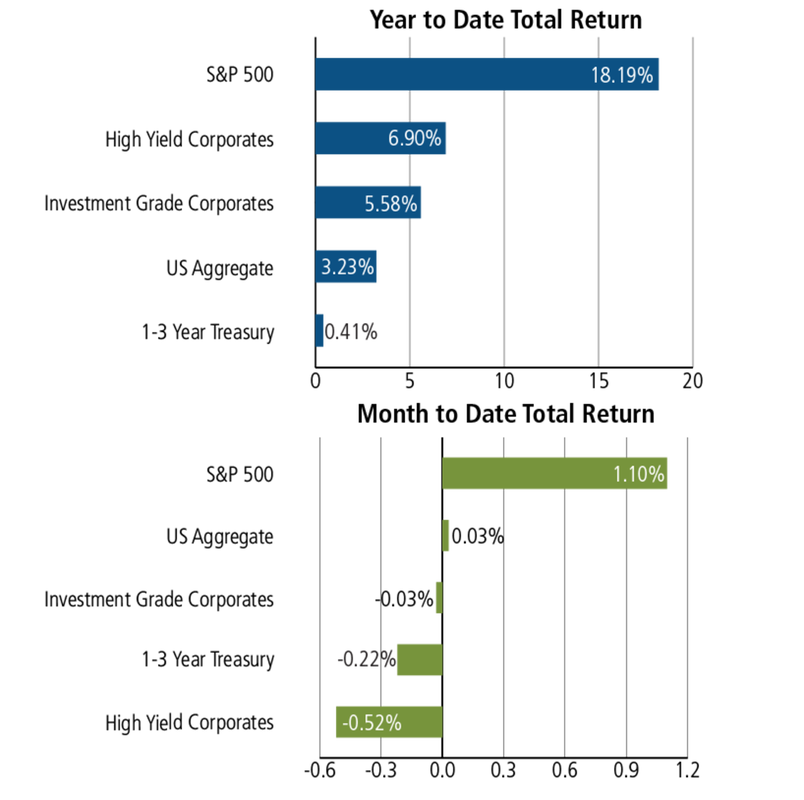-“While the S&P 500 climbed 2.7 percent since September, the gap between the best and worst performing industry widened to 19 percentage points. It’s the first time since the 2008 financial crisis that such a small move in the index was accompanied by such big industry divergence. Surface calm masked wide divergences in returns during a quarter in which investors have bought companies with the best earnings potential while staying away from those that may be hurt by competition or new policies Also, stocks with the weakest balance sheets fell the most relative to the market since June 2016 as a provision in the tax bill capping the amount of deductible interest expenses at 30 percent of a company’s income. They (Investors also) dumped homebuilders, sending a S&P index tracking the group down almost 3 percent, as the mortgage interest deduction for newly purchased homes is set at $500,000.” (Bloomberg, 11/5/17)
-November 3, 2017 Weekly Market Roundup. The U.S. equity market posted modest gains for the week, which extended their weekly winning streak to eight - S&P 500 returning +0.29, the Dow Jones +0.45% and the Nasdaq finishing +0.94%. So far for the third quarter earnings season, 74% of the S&P 500 companies have beaten EPS estimates for Q3 to date, above the 5-year average of 69%. Jay Powell was appointed as the new Chair of the Federal Reserve and the announcement came with little reaction in the capital markets given Mr. Powell has never voted against Janet Yellen in the past and has served on the Fed Board of Governors since 2012. Also, the Fed kept rates unchanged this month but gave a strong indication of a December hike. October's ISM Non-Manufacturing Survey for October was surprisingly strong at 60.1, the highest reading seen since August 2005. The Unemployment Rate fell to a new 17-year low at 4.0% (when the FDTR stood at 6.50%) while the broader U5 measure declined to 5.0% level, the lowest seen since March 2001.
